It’s not yet 8am, but the surprises are coming thick and fast. We’ve driven 200 yards in the 2013 Range Rover but I’m already learning how different this long-awaited, fourth-generation icon is from its predecessor.
It’s more stable, more agile, more spacious, more comfortable, more luxurious. And better looking. In the best cars, top engineers say, it never takes long to feel the difference, and this seems to be proof.
As a Range Rover fan, I’m equally concerned and exhilarated by this new knowledge — it’s reassuring to know such a vital new model is turning out well but it’s a shock to discover what I thought was one of the world’s great cars is so easily eclipsed by its successor.
We’re in Dubai with Range Rover vehicle-line executive Mick Cameron, on a mission to apply the final production polish to some late prototypes.
Cameron has been involved with Range Rover since 2001 and he’s worked on the latest L405 model since the programme started in 2007.
“I’m proud to have been part of the original L405 team,” says Cameron. “I was at the meeting when the biggest question was put: ‘We have to replace the L322; what do we do?’ Everyone knew this was the start of the aluminium generation; we’d be using new processes pioneered by Jaguar. That meant it was probably going to be the most important Range Rover since the first. Who’d want to miss the start of a project like that?”
2013 Range Rover: Technical details revealed
Our test starts with low-speed, heat-inducing city driving in the V8 model – taking us through Dubai’s bustling traditional market quarter.
The Range Rover glides along, its new all-electric power steering smoothly and precisely, changing our direction into tiny alleyways. Near-zero airflow through the radiators, lots of underbonnet heat, air-con working overtime, lots of stops and starts… it's ideal for creating various forms of overheating.
Wide roads lead us out of town to a dune known as Big Red, named on account of its colour and size. Here and there, we sample the supercharged model’s effortless power. The top-end Range Rover was always fast; this one is faster still. And quieter; Cameron and his team aware of forthcoming Bentley and Maserati SUVs, and worked tirelessly to refine every facet of the L405. The one thing detectable to the ear is a beautiful, remote V8 burble. Fanatical attention to detail in design and manufacture has cut wind and road noise.
“The body structure weighs 290kg,” Cameron says, “which is 180kg less than the current model’s. It’s also 23kg lighter than a BMW 3-series, 85kg lighter than an Audi Q5 and only 12kg heavier than a Mini Countryman.”
The result is an L405 V8 diesel about 220kg lighter than its L322 equivalent. A fairer comparison is between the new V6 and outgoing V8 diesels, because they now have equal performance. The new car is even lighter, more efficient and saves around 60g/km of CO2.
Terrain Response gets an ‘automatic’ setting, which lets the car decide which settings are appropriate to the occasion.
Other controls are simplified and cabin quality has increased again. Rear room is improved and the new seat’s two-bucket configuration adds much-needed side support. Range Rovers have always felt like the wheels roll on satin. Despite wearing tyres with aggressive tread designs, this L405 looks like it could set new standards.
Big Red, the Everest of sand dunes, lets us play. Dropping tyre pressures to 15psi and placing Terrain Response into sand mode, we head straight up the front slope of Big Red, seeming to glide on the sand, which varies from hard-packed patches to loose stuff seemingly several feet deep.
We’re in the V6 diesel now, but there’s very little difference in power delivery. Just a two per cent smoothness deficiency, the lack of V8 ‘woofle’ and the occasional, barely heard suggestion of a diesel rattle.
Too soon, we leave. Curious onlookers start to gather. We stop near the road at the base of Big Red. It’s 56degC outside, which Cameron says equals his personal record for desert heat. We stand unprotected in the sun and feel what Dubai’s unfettered sun can do to your scalp and shoulders. Within minutes, my metal-cased pen, needed for writing notes, becomes too hot to touch.
Then we get back into our Range Rovers and cruise quickly and quietly back to town. Our cabin temperature refuses to budge from the 21degC it has maintained all afternoon. The engine purrs as it would in Piccadilly Circus traffic. I feel secure, content and comfortable, and I have a powerful feeling that this new Range Rover is going to succeed, big time.


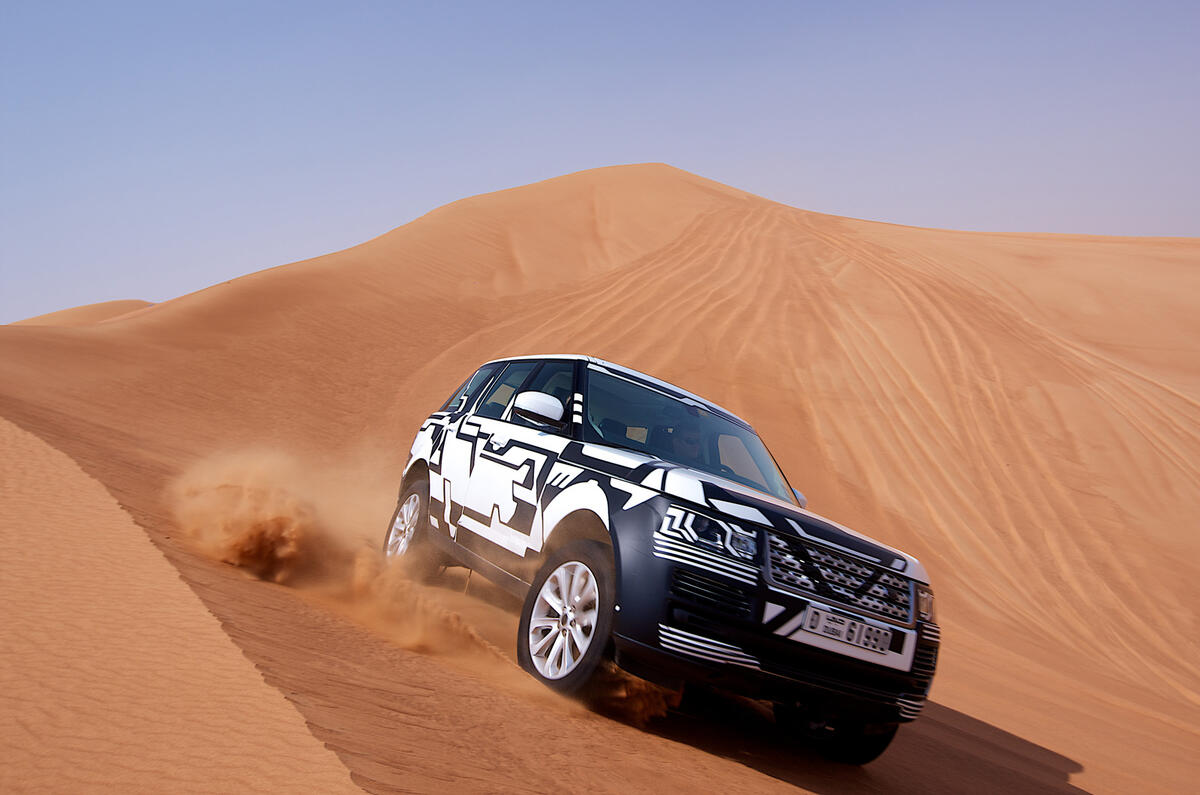

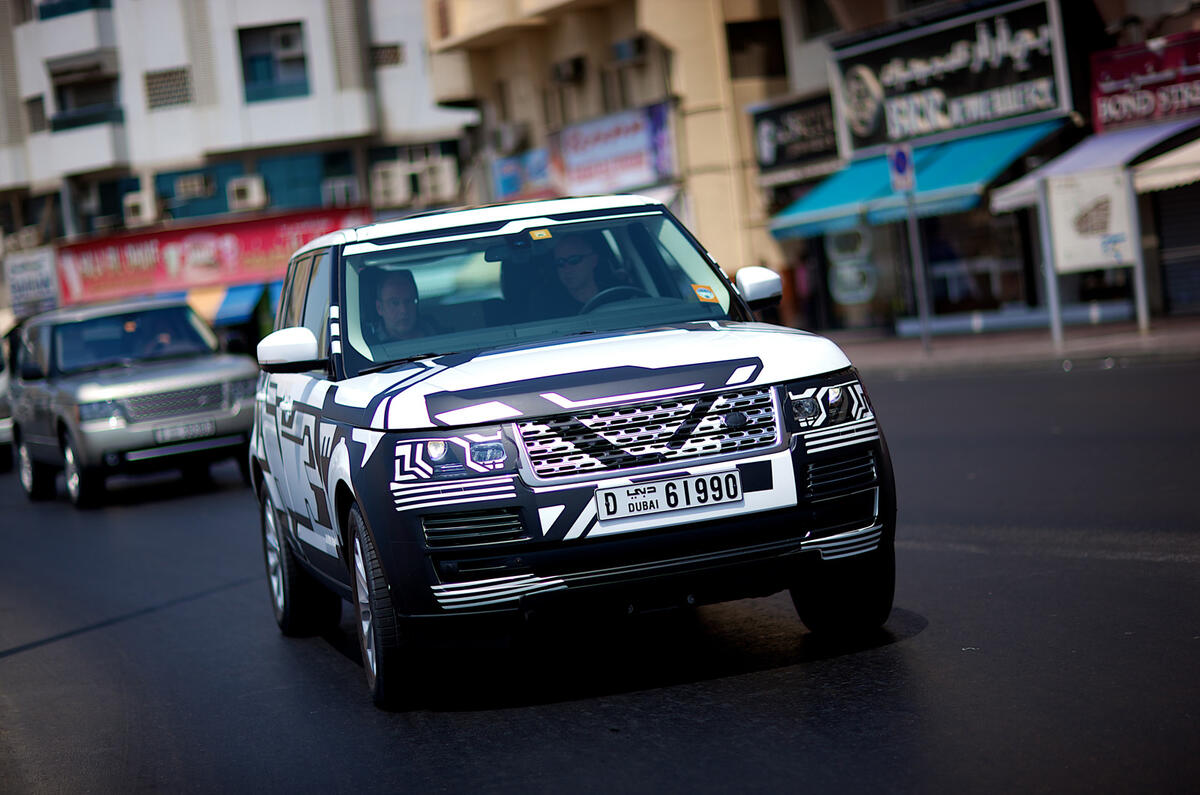
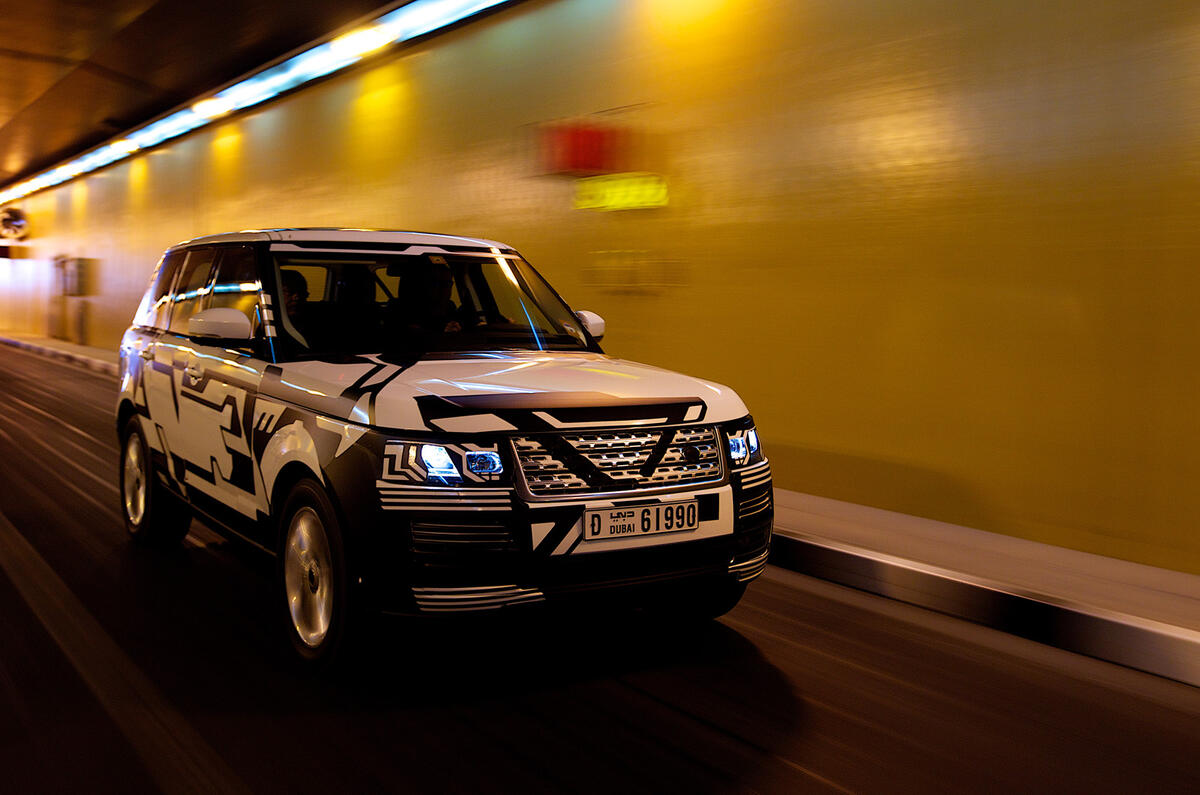
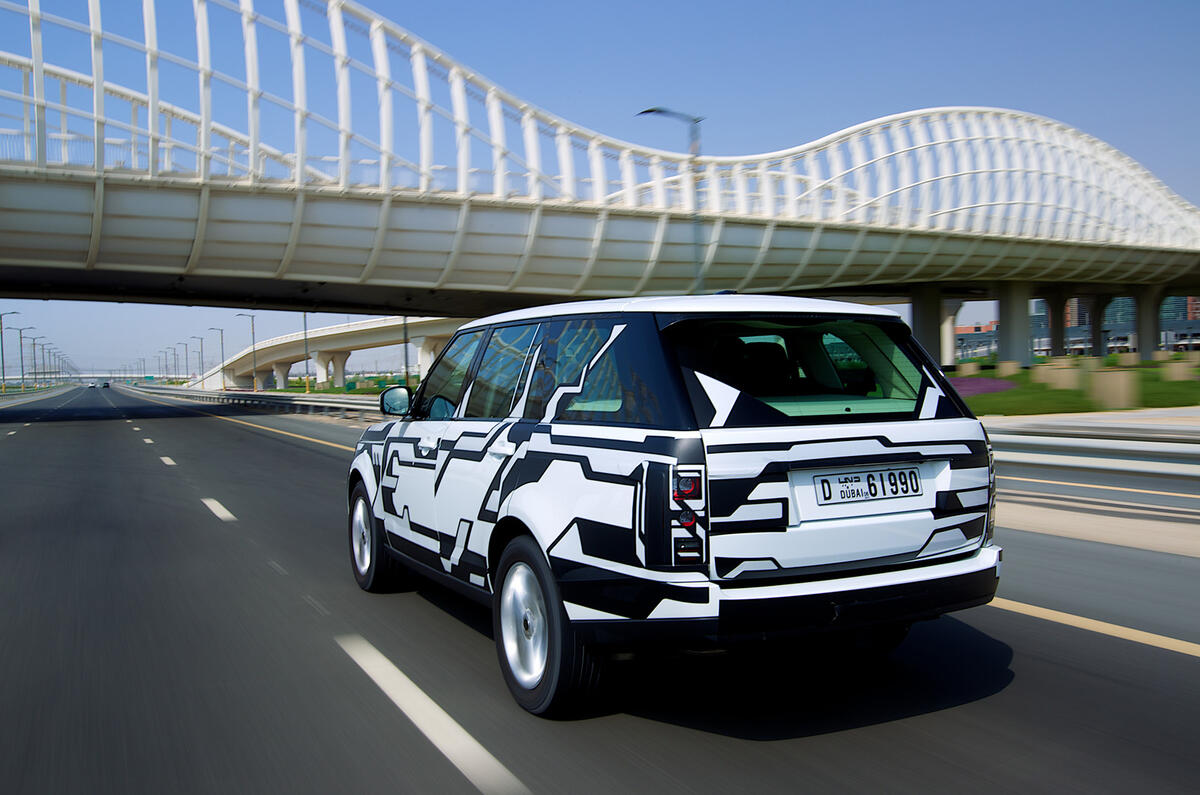
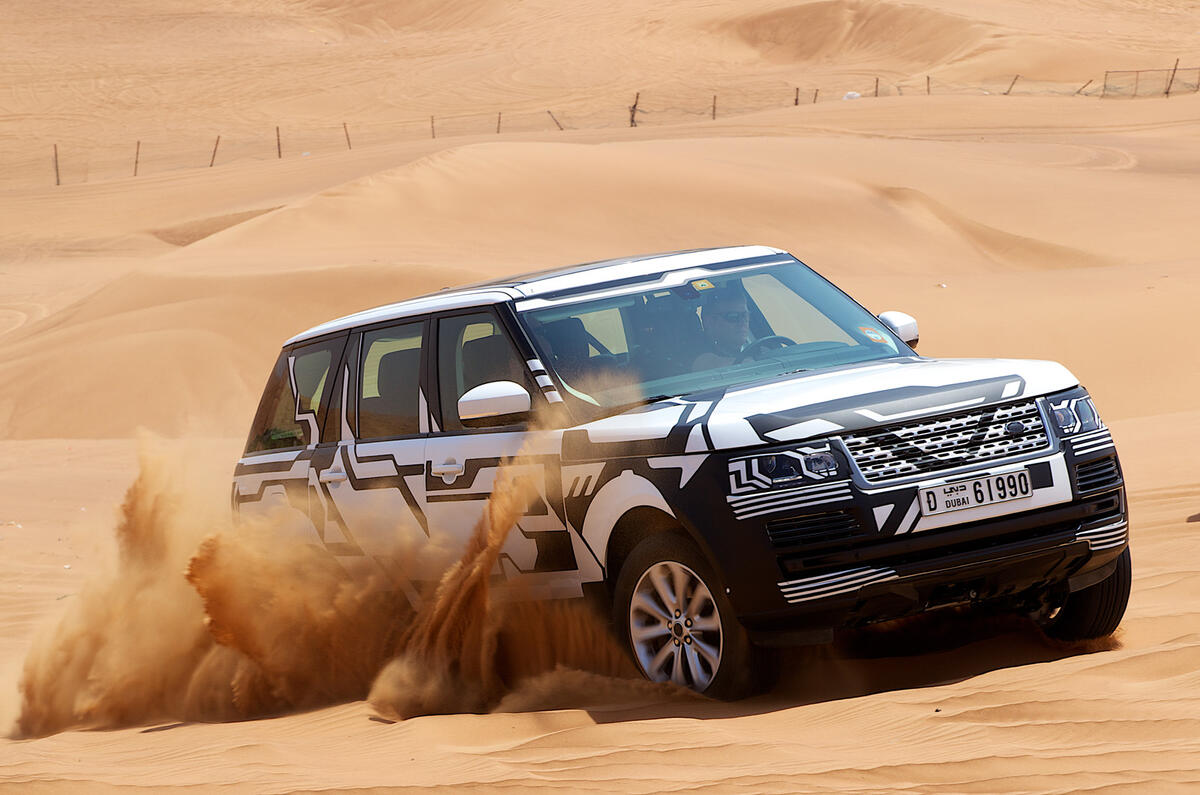
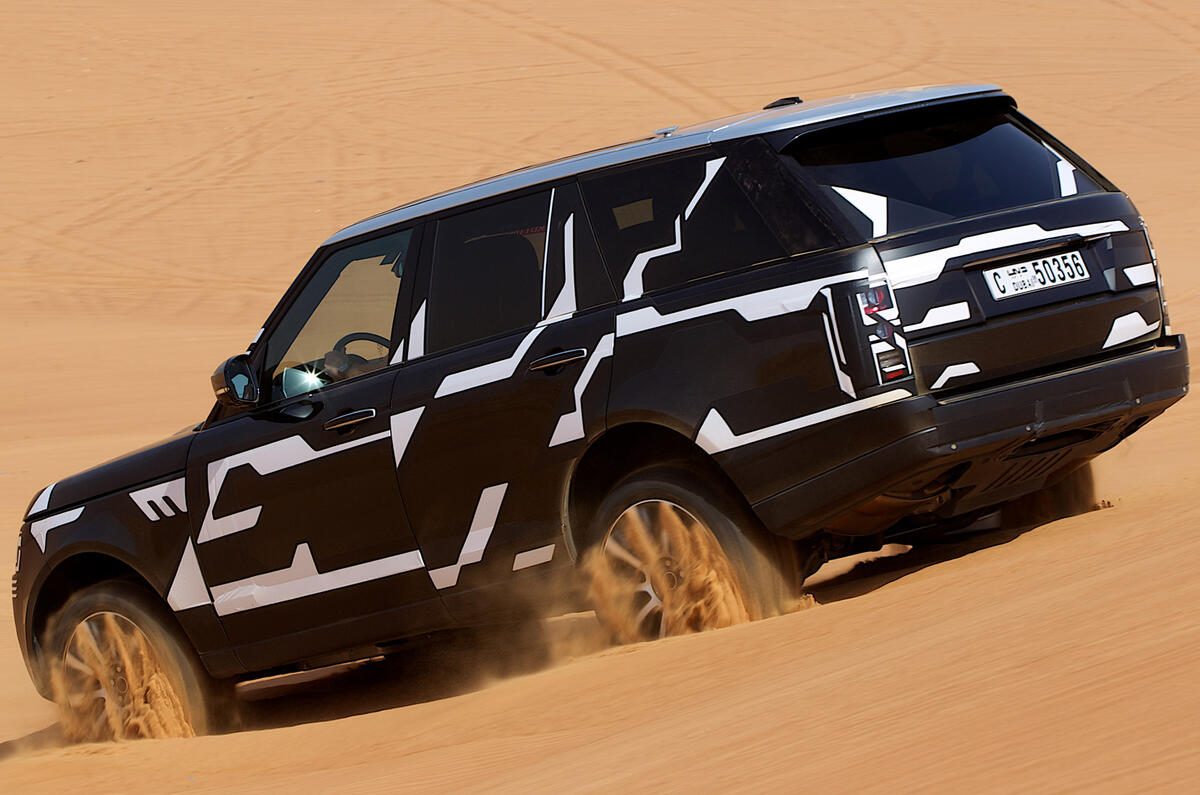
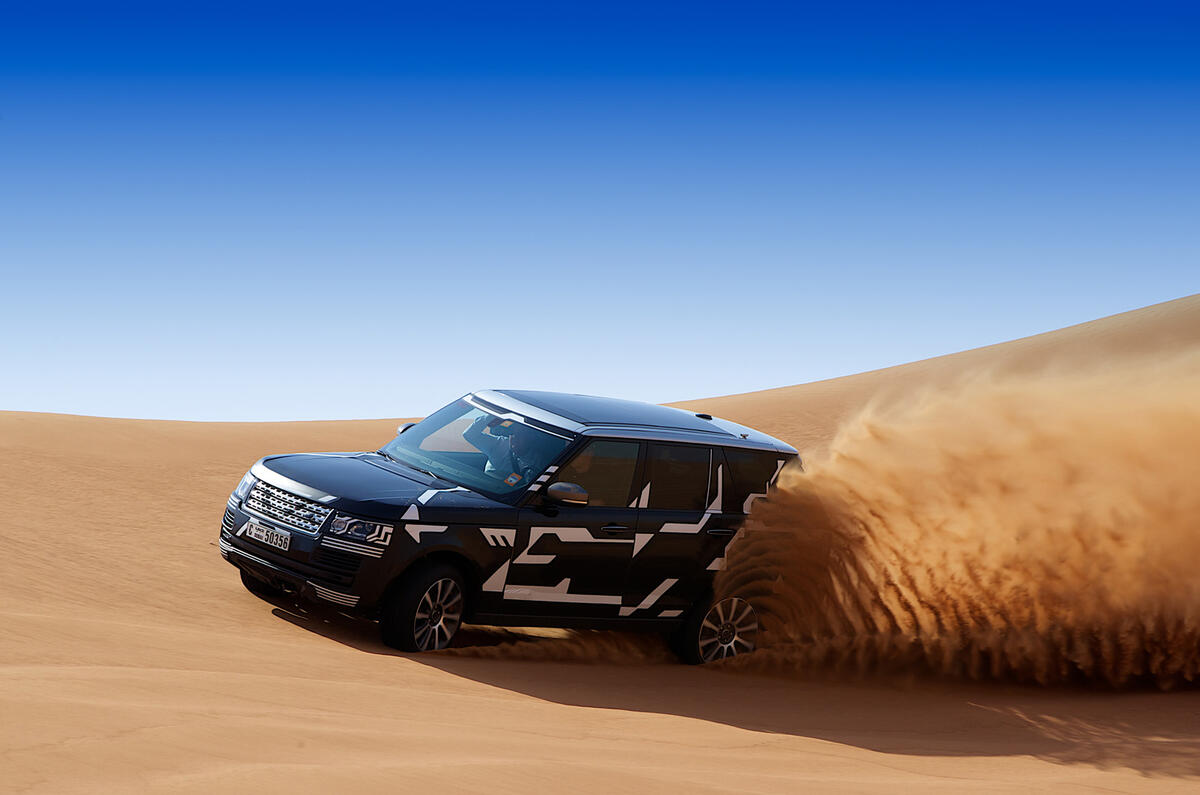
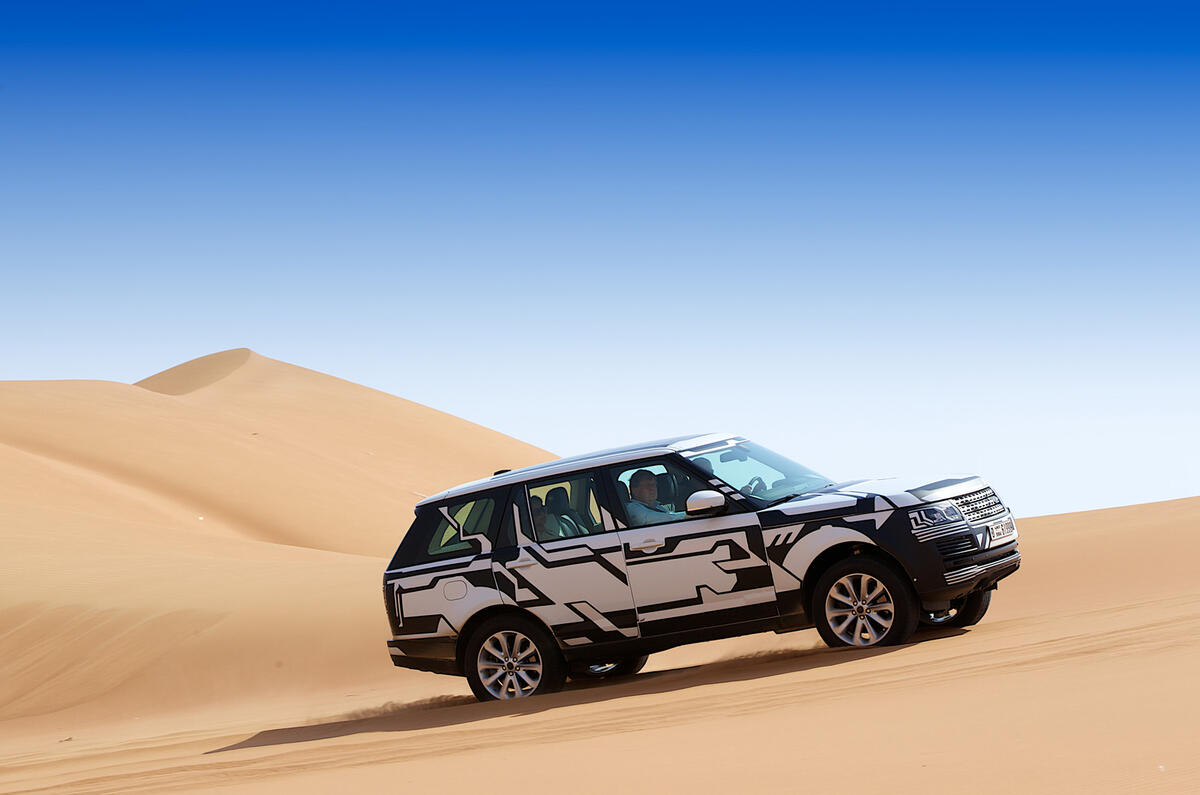
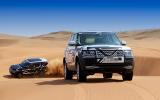
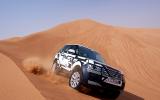

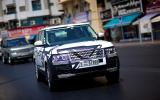
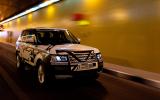
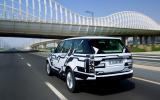
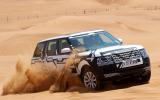
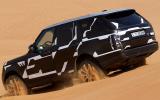
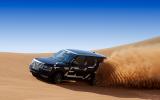







Join the debate
Add your comment
To get a real feel of how
To get a real feel of how they drive, ride with one of JLR's engineers/test drivers along the Fosseway, they're menaces.
Terrain Response gets an
Terrain Response gets an ‘automatic’ setting, which lets the car decide which settings are appropriate to the occasion. Dropping tyre pressures to 15psi and placing Terrain Response into sand mode - Wouldnt a better test have been to see how it coped in auto mode?
Our cabin temperature refuses to budge from the 21degC it has maintained all afternoon. - Just because thats what it says on the climate control doesnt mean it is, or did he have a seperate thermometer?
We’re in the V6 diesel now, but there’s very little difference in power delivery. Just a two per cent smoothness deficiency - How do you measure 2% smoothness deficiency, has he got a smoothness meter?
Dont get me wrong, I am a big fan of JLR, but if the product is that good it doesnt need all the corporate waffle, it will speak for itself upon release.
Blind alleyways
"The Range Rover glides along, its new all-electric power steering smoothly and precisely, changing our direction into tiny alleyways."
Hmm...this vehicle is too large to get into tiny alleyways. Period.